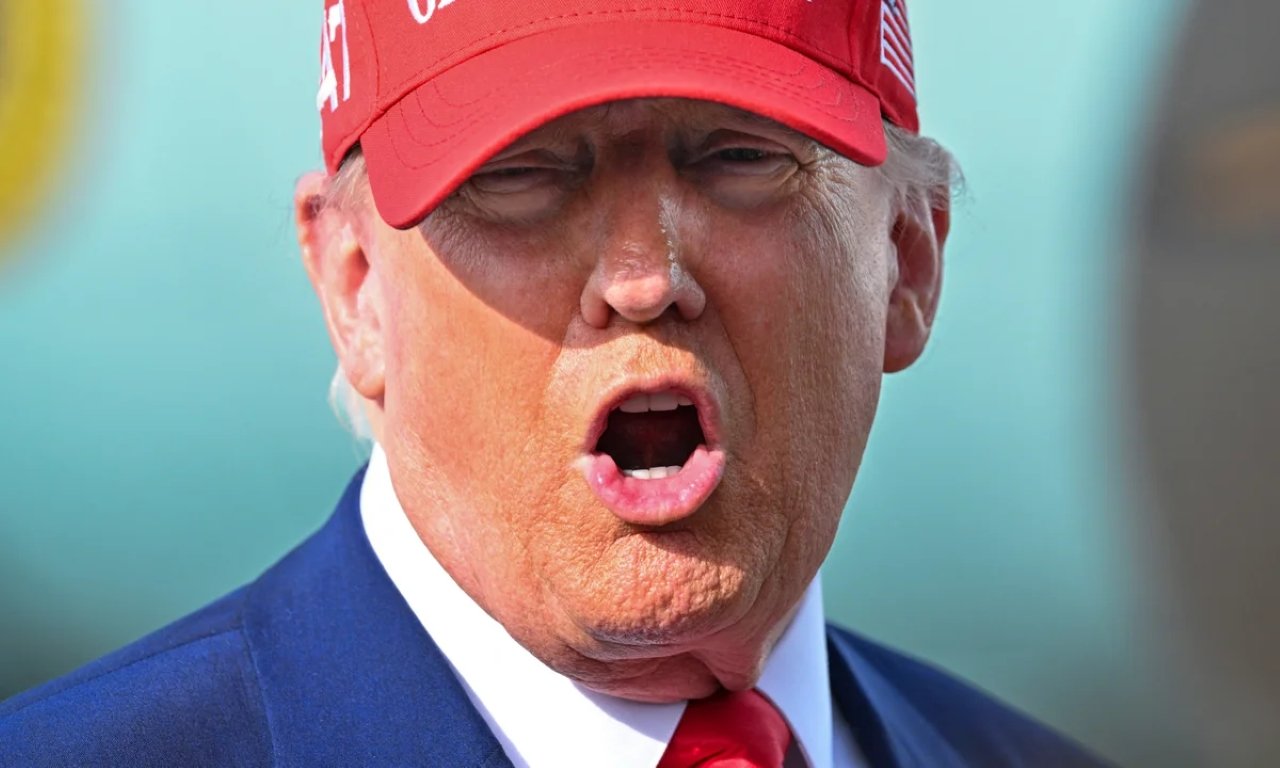Washington, D.C. – The Trump administration has initiated the dismissal of several hundred employees at the Federal Aviation Administration (FAA), just weeks after a fatal mid-air plane collision near Washington D.C.
The affected workers, primarily probationary staff, were informed of their termination via email late on Friday evening, according to David Spero, head of the Professional Aviation Safety Specialists (PASS) union. Spero condemned the firings as “shameful” and warned that they would exacerbate the already heavy workload on a workforce that is “already stretched thin.”
The FAA, in a response, confirmed the layoffs but assured the public that staff responsible for critical safety functions had been retained. “The FAA continues to hire and onboard air traffic controllers and safety professionals, including mechanics and other support staff,” the agency added in a statement.
The firings are part of an ongoing cost-cutting initiative, led by Elon Musk’s Department of Government Efficiency (DOGE), which is working to drastically reduce the size of the federal workforce. According to Spero’s statement, those dismissed included systems specialists, safety inspectors, maintenance mechanics, and administrative staff.
Critics, including Spero, have expressed concerns about the implications of these cuts, especially in the wake of recent deadly aircraft accidents, including one near Ronald Reagan Washington National Airport, which resulted in the tragic deaths of 67 people. Spero described the decision to cut staff as “unconscionable” given the FAA’s ongoing struggles with understaffing.
Jason King, one of the employees affected, voiced his concerns about the safety of the national airspace following the terminations. King, whose work directly addressed aviation safety, told WUSA9, “Firing people directly involved with air safety is concerning for public safety in our national airspace. This move threatens public trust and increases the likelihood of future accidents.” He added that aviation safety should never be treated as a mere budget line item that can be eliminated at will.
The firings come as a team from SpaceX, Elon Musk’s aerospace company, is scheduled to visit the FAA to offer suggestions for improving the United States’ air traffic control system. The visit is part of the ongoing investigation into the January collision, although the cause of the crash has yet to be determined. Reports have suggested that staffing levels at the airport were below normal on the evening of the accident.
Transport Secretary Sean Duffy commented on the SpaceX visit, noting that it would provide the team with a “first-hand look at the current system” and help devise a “new, world-class air traffic control system that will be the envy of the world.” Duffy also indicated plans to visit the FAA Academy, which trains the agency’s workforce, to ensure that only the best personnel are guiding aircraft.
The Trump administration’s controversial moves to reduce the federal workforce extend beyond the FAA. Last month, President Trump suggested that diversity programmes initiated by previous administrations had led to a lowering of hiring standards, potentially impacting aviation safety.
As part of broader cost-cutting measures, the administration has ordered the dismissal of nearly all probationary employees across government agencies. This includes workers at the Centres for Disease Control and Prevention (CDC), where a significant number of “disease detectives” – researchers who play a key role in tackling disease outbreaks – were also laid off.
In addition, President Trump has requested that the Supreme Court allow him to fire the head of the US Office of Special Counsel, the agency tasked with protecting whistleblowers within the federal government. Hampton Dellinger, the office’s head, filed a lawsuit after being dismissed last month, making it one of the first cases to reach the Supreme Court in relation to the administration’s series of executive actions targeting federal agencies.
Since assuming office, President Trump has dismissed several inspectors general across various federal agencies, further raising concerns about oversight and accountability within the federal government.
